HD vs. SMC Pentax-DA 18-50mm F4-5.6
Sharpness
Sharpness is probably the first criterion that comes to mind when thinking about the quality of a lens. Even with kit lenses, for which expectations are by nature lower, a minimum level of resolution is expected.
There are many ways to evaluate sharpness. some are quantitative, such as counting the number of lines per millimeter that can be resolved. Other are comparative, using a standardized scene to pit lenses against one another. This is the favored method at Pentax forums. Real-life samples will of course also be studied.
Real-life Test
Before looking at the ubiquitous test charts, we begin with a real-life test sample showing what each lens is capable of. The lenses were tested at f5, which is the recommended setting with the K-3 in MTF program line. The lenses were set near the middle of their ranges, at about 35mm. Click on any thumbnail for a full-size crop of the drop near the center, where the focus point was located.
| 18-50mm F5 |  |
| 18-55mm F5 |  |
Test Setup: Star Chart
In order to evaluate sharpness, we use a standard test chart (or "Star chart") that can be used to compare lenses together. The general rule is that the distance from the lens to the test chart must be 10 times the focal length of the lens. For our lenses, this means a distance of 1.8, 3.5 and 5 meters at the 18mm, 35mm and 50/55mm focal lengths we tested. The test is not designed to show how good a lens can be. Quite the contrary, it is a stress test expected to put the lens at its limit, showing where it falls short. It shows which apertures a given lens performs best at, but can also be compared with any other lens to evaluate their differences.
Our test has the star chart put successively at the center, edge and corner of the lenses' field of view, testing all apertures each time. At 35mm, we included the HD 16-85mm Pentax lens, as well as the HD 18-50mm for comparison, even though we do not expect differences between the DA L and HD versions.
Resolution is of course dependent on the sensor used. For this test, we used Pentax's current top-of-the-line sensor found in the K-3.
Newer Pentax DSLR bodies include the possibility to disable anti-aliasing, a very useful feature allowing higher resolutions to be reached. However, the nature of our sharpness test and the pattern of the test chart mean that, with anti-aliasing totally disabled, moiré is likely to appear. In order to strike the best balance between sharpness and moiré reduction, the anti-aliasing simulator of the K-3 was activated, but set at the "Low" setting. The following images showcase the results at all apertures. You can click on the thumbnails to see full resolution images.
Test Results at 18mm
Click on any thumbnail to enlarge.
Center
| DA 18-55mm | DA L 18-50mm | |
| F3.5 | 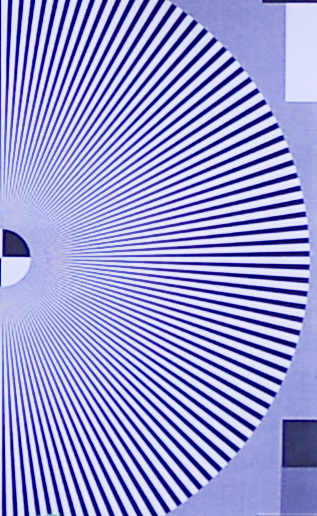 | |
| F4 | 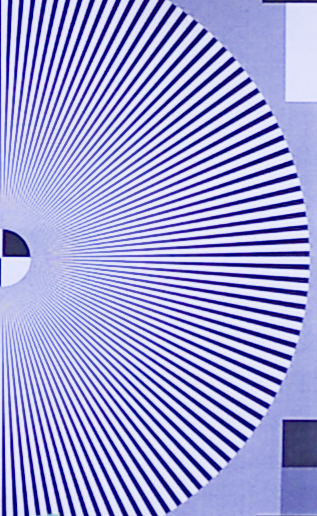 | 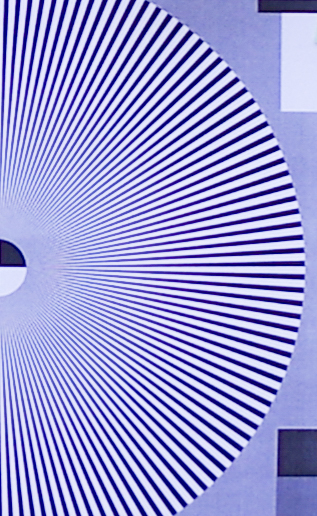 |
| F5.6 | 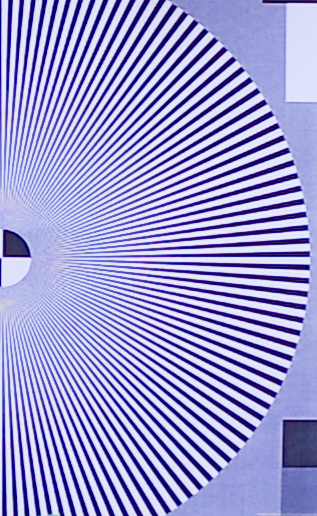 | 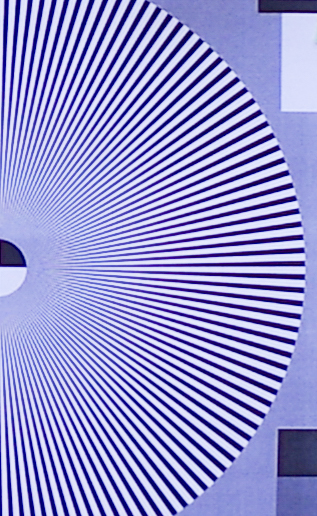 |
| F8 | 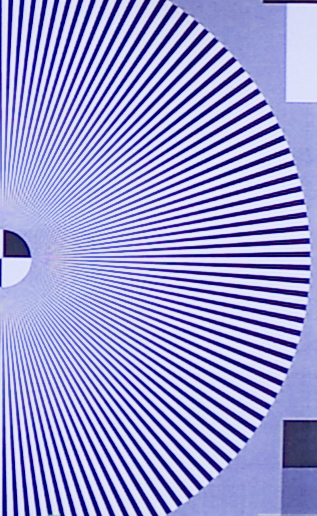 | 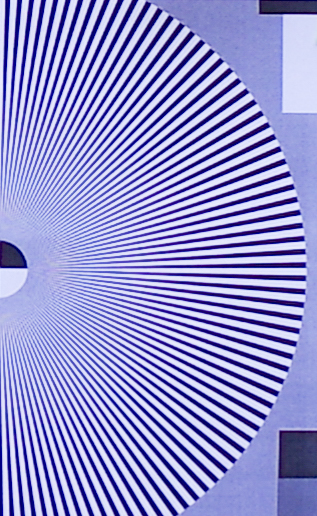 |
| F11 | 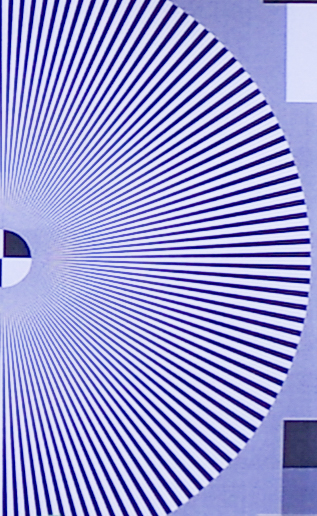 | 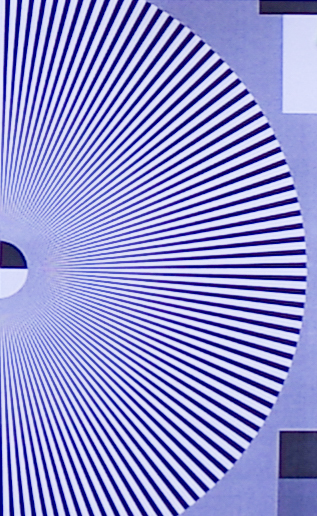 |
| F16 | 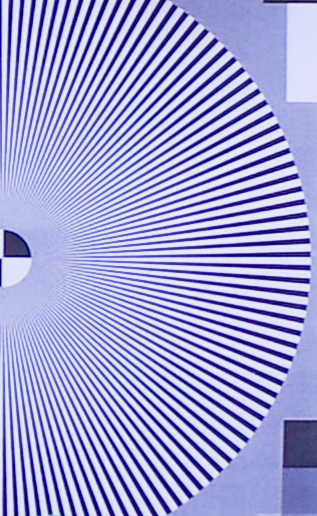 | 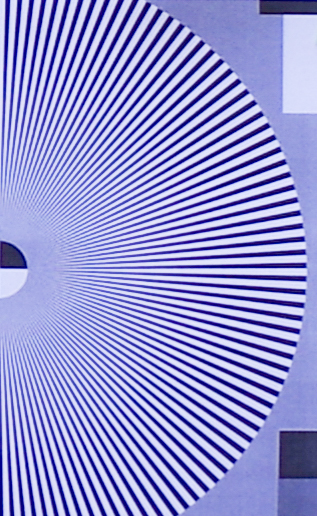 |
| F22 | 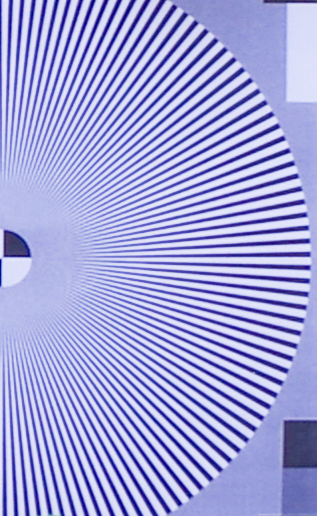 | 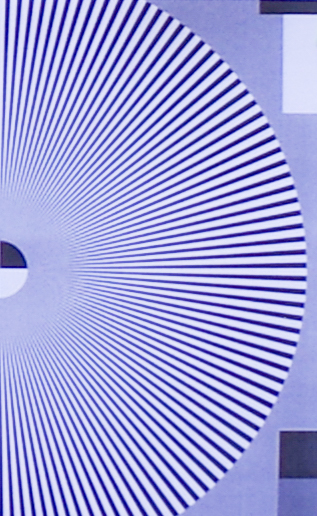 |
In the center at the widest aperture, the lenses compare well, delivering almost identical results. Performance is good between F5.6 and F11. F16 starts to show a loss of resolution caused by diffraction, which is more prominent at F22.
Edge
| DA 18-55mm | DA L 18-50mm | |
| F3.5 | 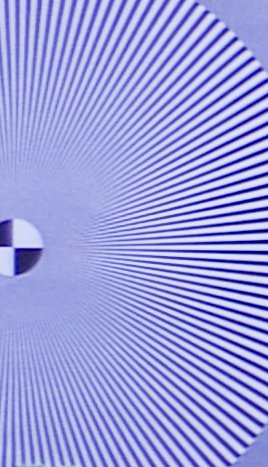 | |
| F4 | 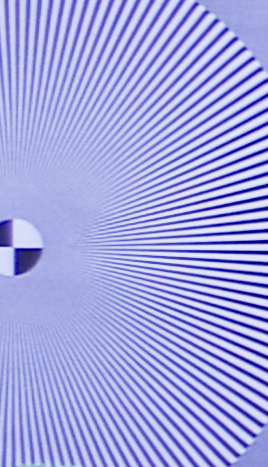 | 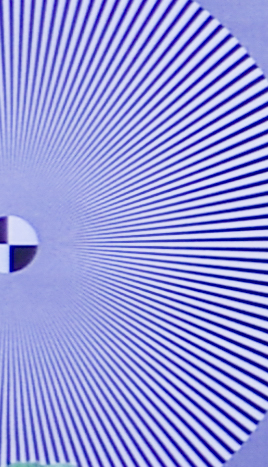 |
| F5.6 | 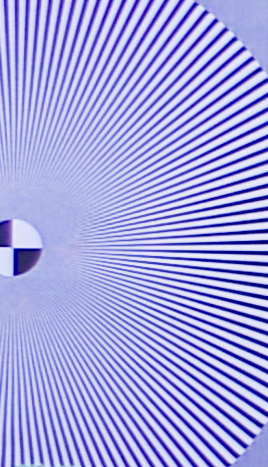 | 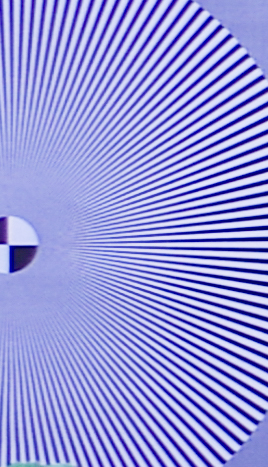 |
| F8 | 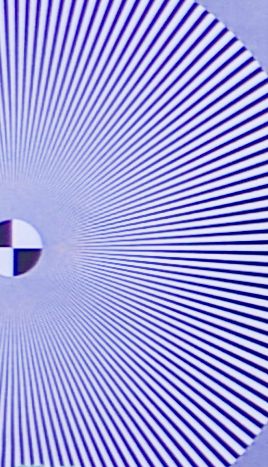 | 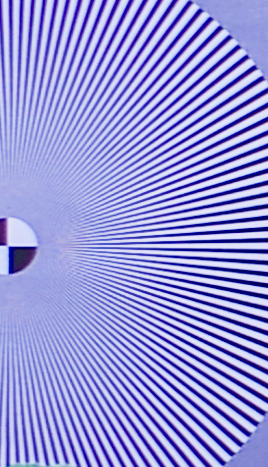 |
| F11 | 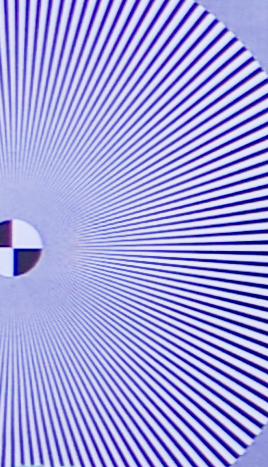 | 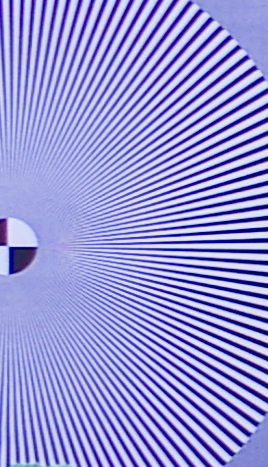 |
| F16 | 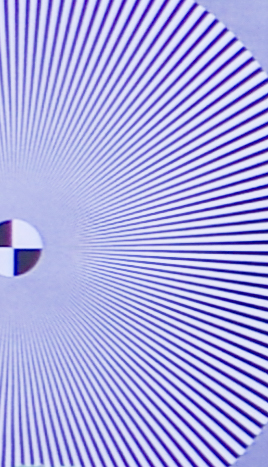 | 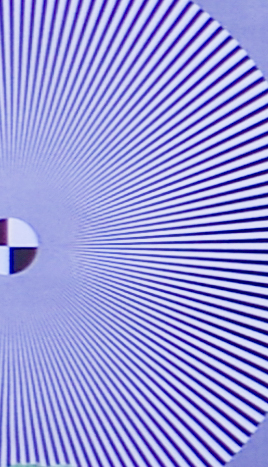 |
| F22 | 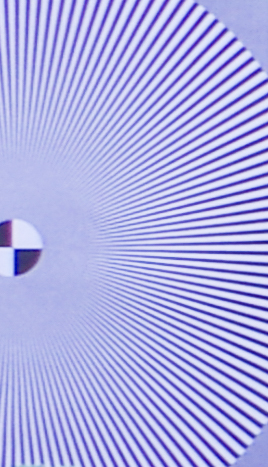 | 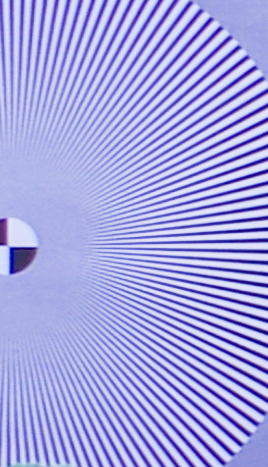 |
Edge sharpness is better for the retractable lens, which delivers results that aren't too far from its center performance. The 18-55mm catches up at F8, but is softer before that.
Corner
| DA 18-55mm | DAL 18-50mm | |
| F3.5 | 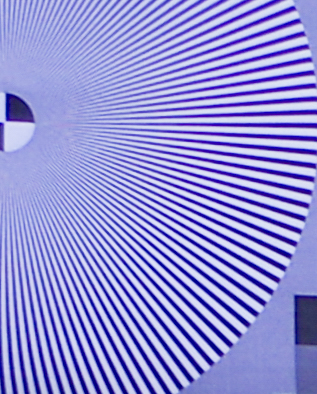 | |
| F4 | 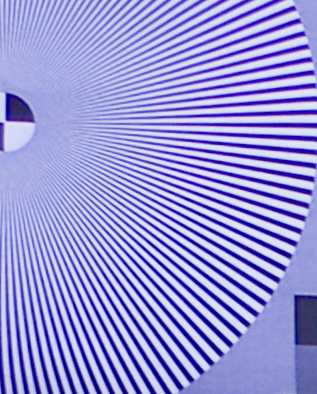 | 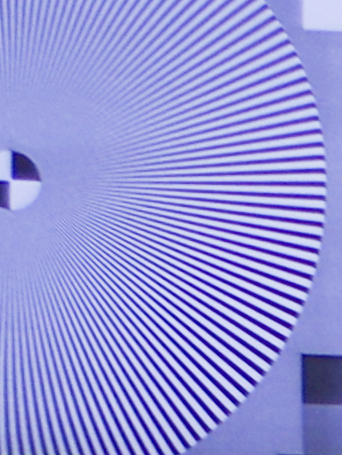 |
| F5.6 | 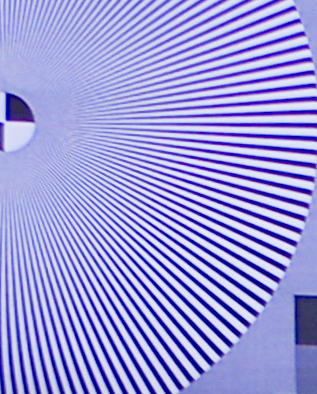 | 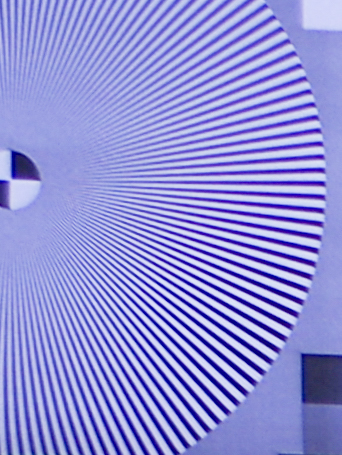 |
| F8 | 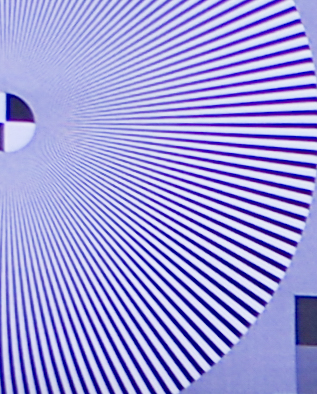 | 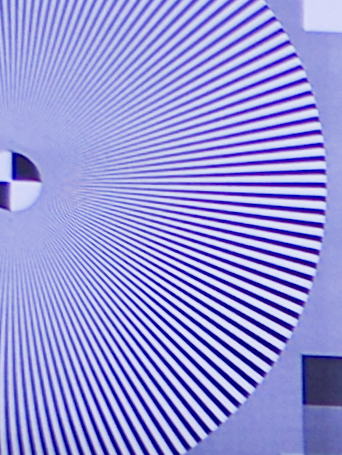 |
| F11 | 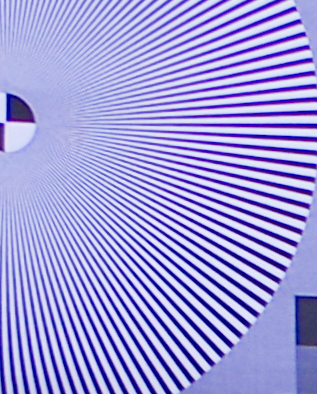 | 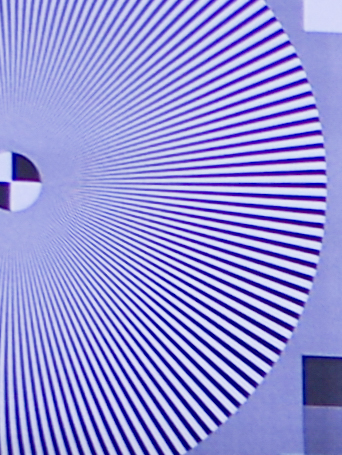 |
| F16 | 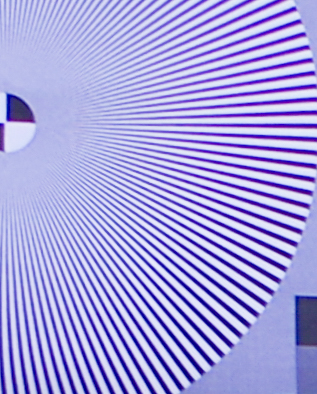 | 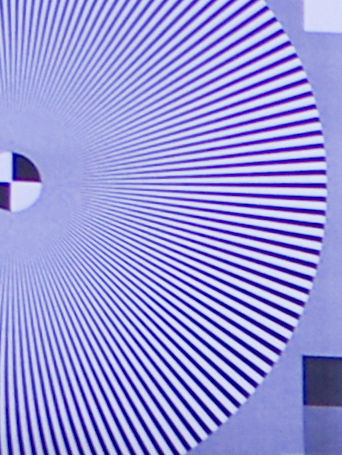 |
| F22 | 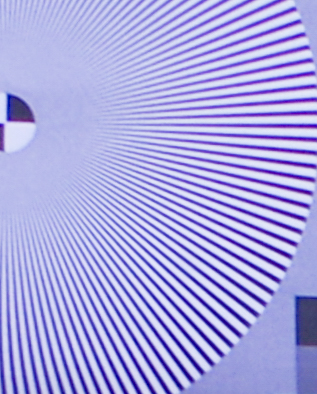 | 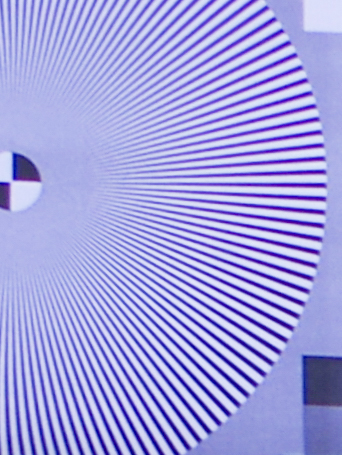 |
Surprisingly, until F8 the 18-55mm presents better corner sharpness. In both cases however, the results are far from the center performance.
Test Results at 35mm
As before, click on any thumbnail to enlarge.
Center
In order to provide some basis for comparison, we used the central focal length and the center of the frame as a reference point, and included images taken with the HD 18-50mm and HD 16-85mm.
| DA 18-55mm | DA L 18-50mm | HD 18-50mm | HD 16-85mm | |
| F4.5 | 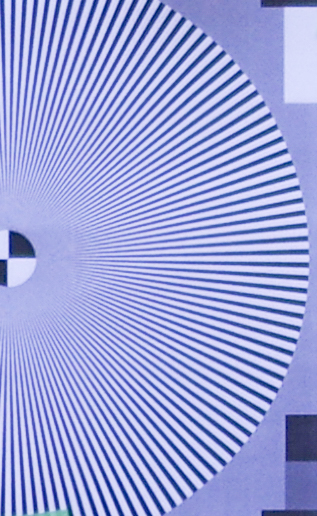 | 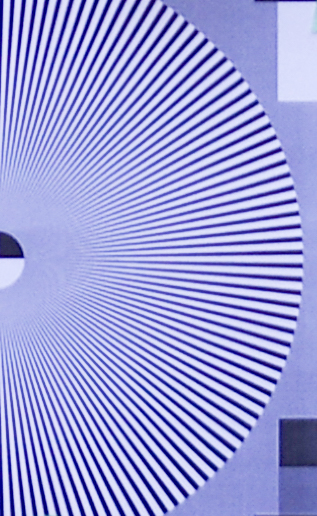 | 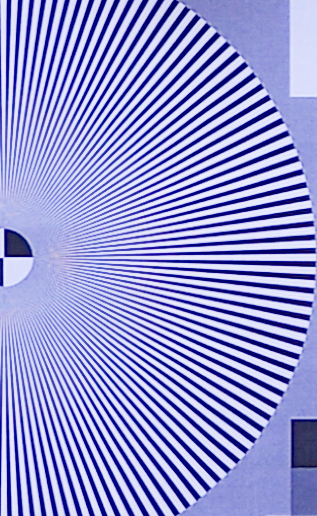 | 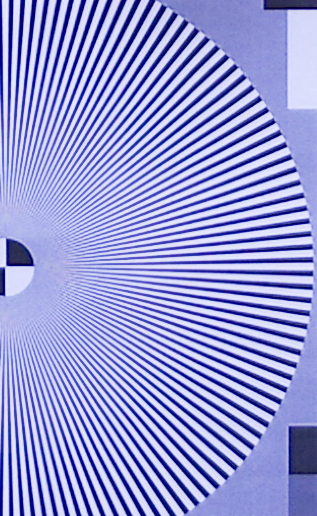 |
| F5.6 | 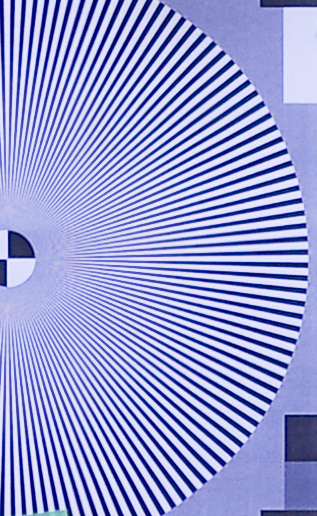 | 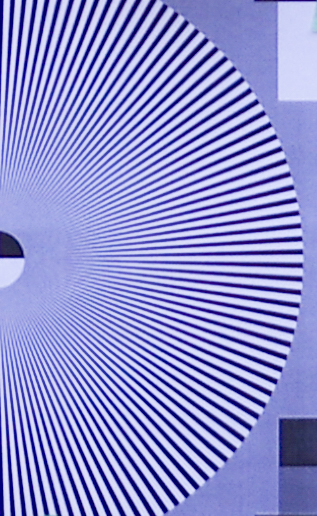 | 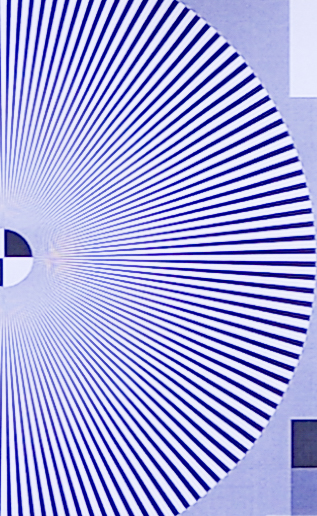 | 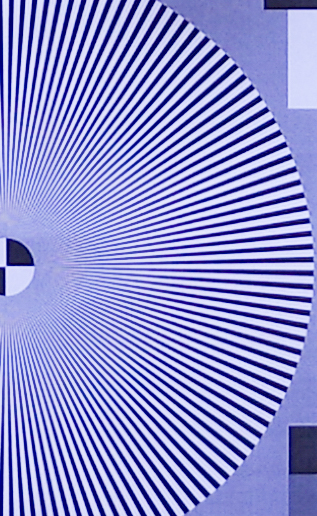 |
| F8 | 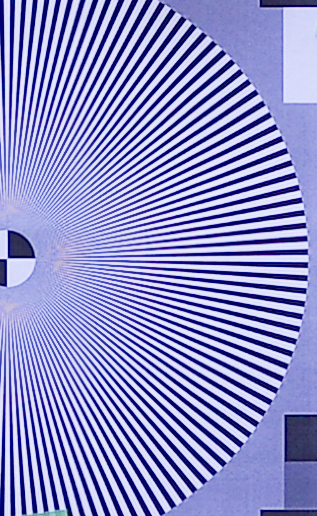 | 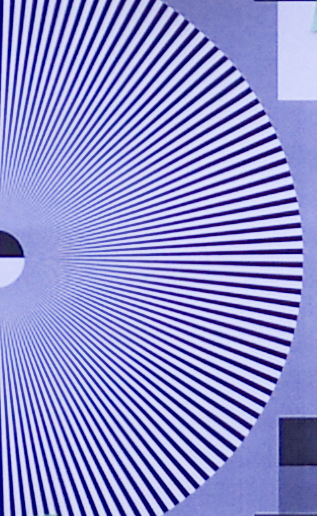 | 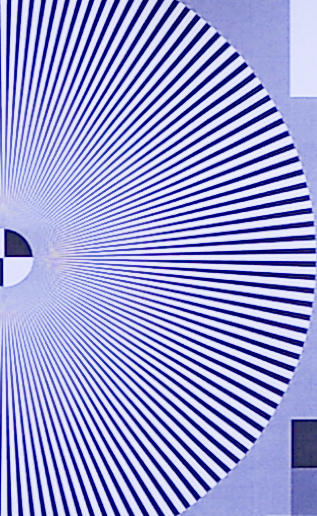 | 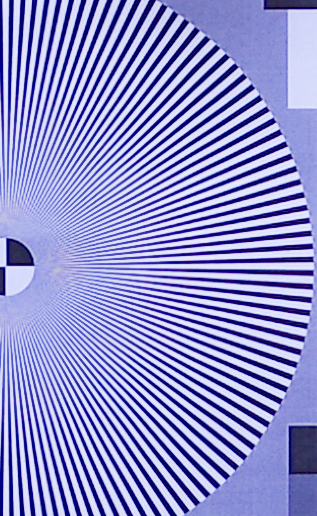 |
| F11 | 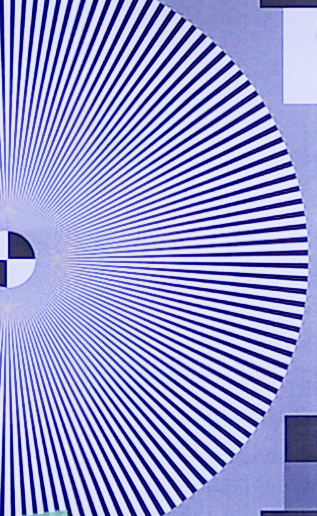 | 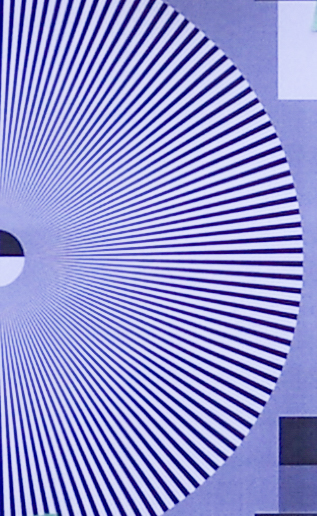 | 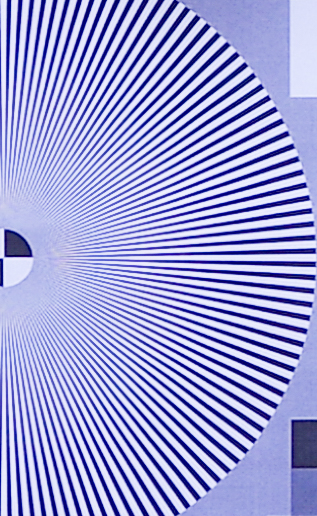 | 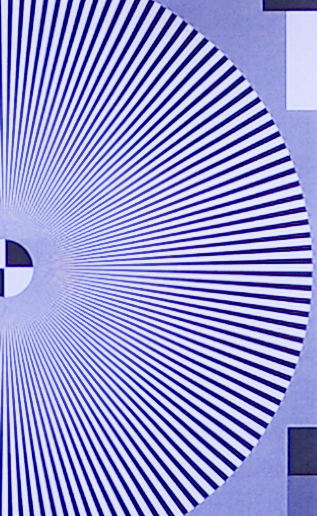 |
| F16 | 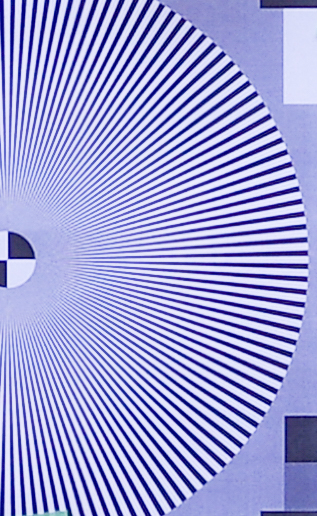 | 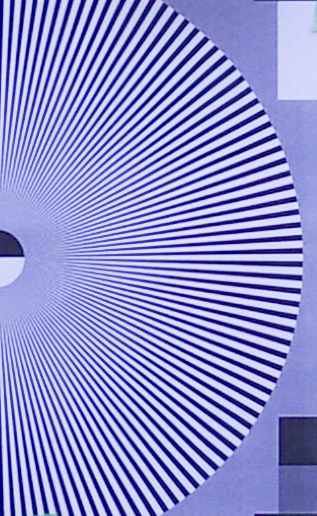 | 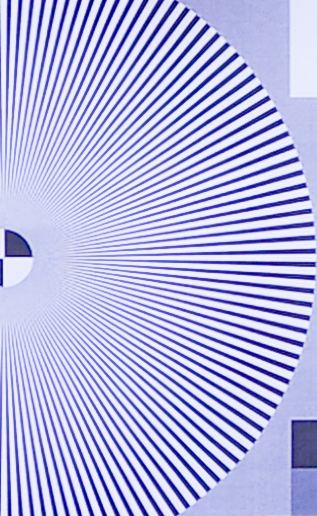 | 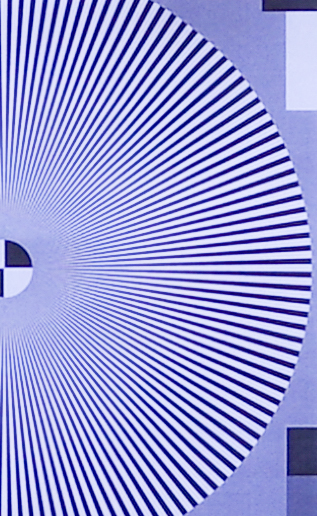 |
| F22 | 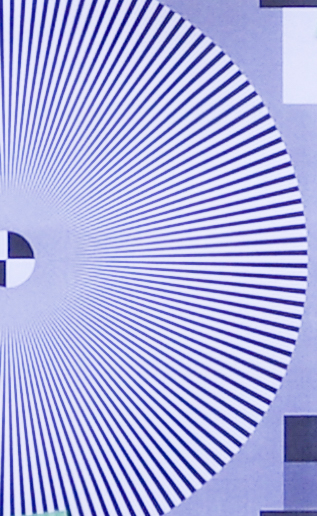 | 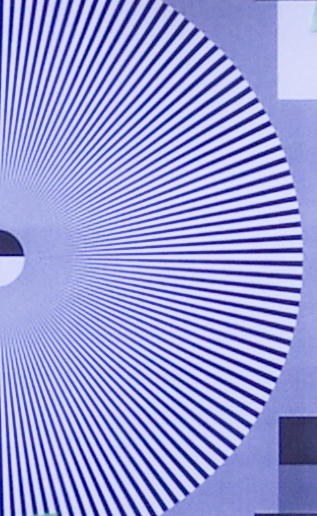 | 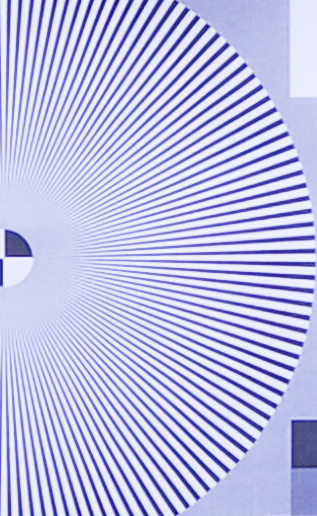 | 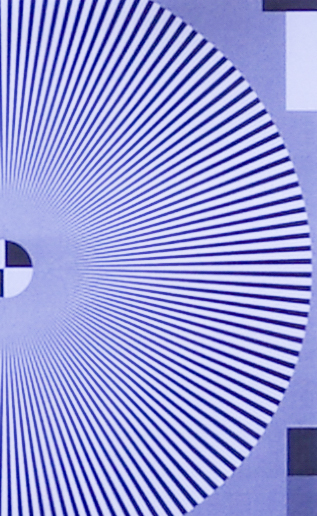 |
| F29 / F32 | 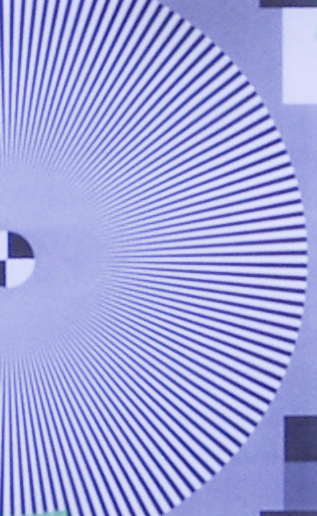 | 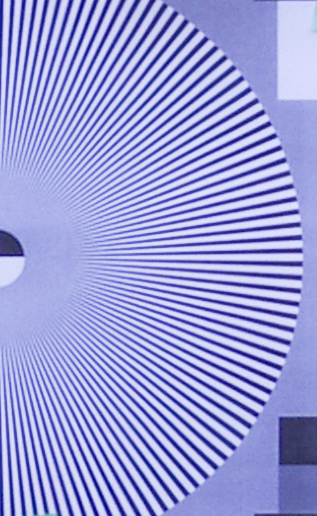 | 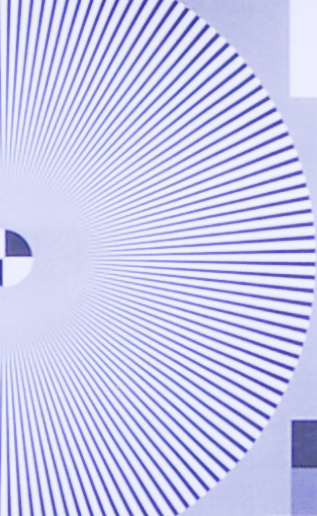 | 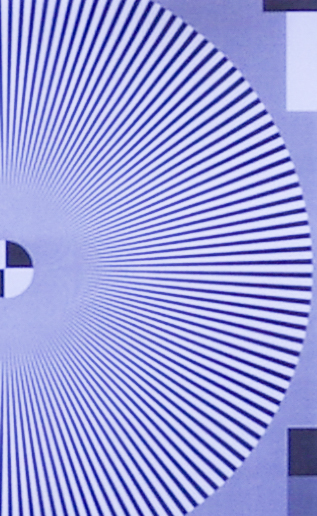 |
The 18-55mm and DA L 18-50mm are similar up to F5.6. What is surprising is that the HD 18-50mm is much better at wide apertures, delivering results comparable to those of the HD 16-85mm, regarded as a very sharp lens. At F8 the DA L still lags behind, but the 18-55mm has caught up. F22 and smaller should avoided, as diffraction softens the images dramatically.
Side
| DA 18-55mm | DA L 18-50mm | |
| F4.5 | 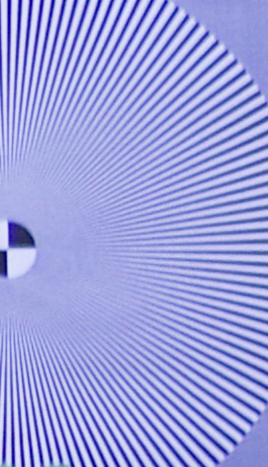 | 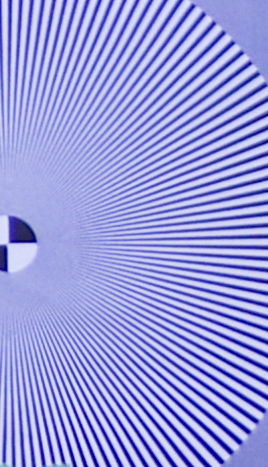 |
| F5.6 | 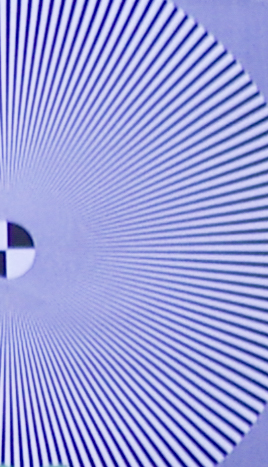 | 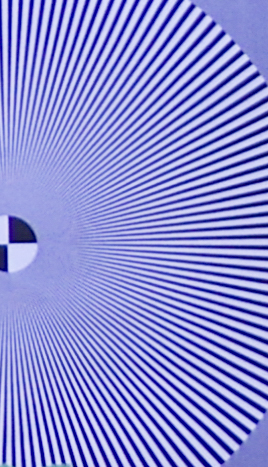 |
| F8 | 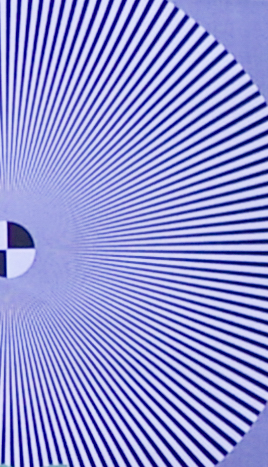 | 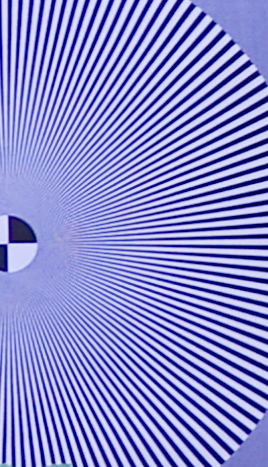 |
| F11 | 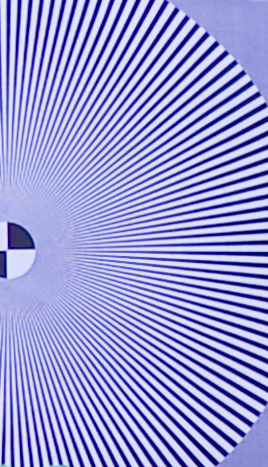 | 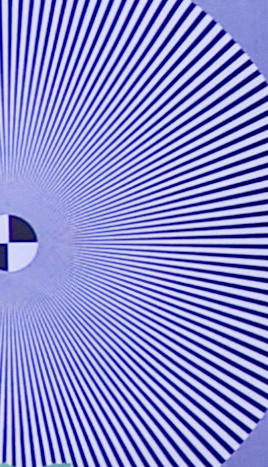 |
| F16 | 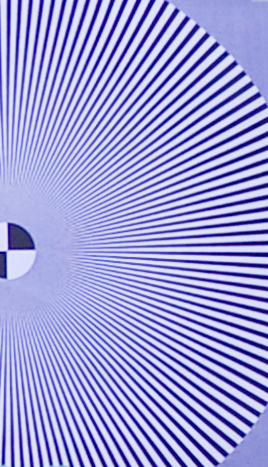 | 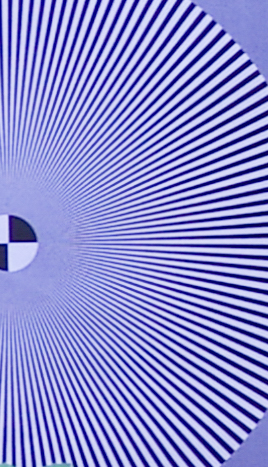 |
| F22 | 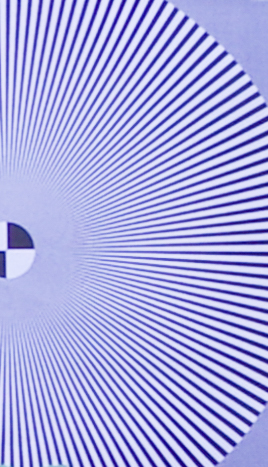 | 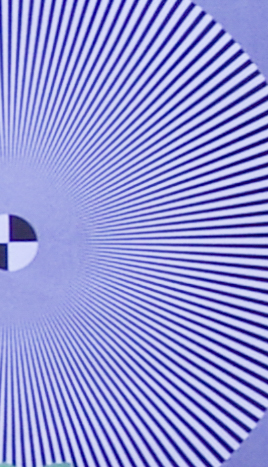 |
| F29 / F32 | 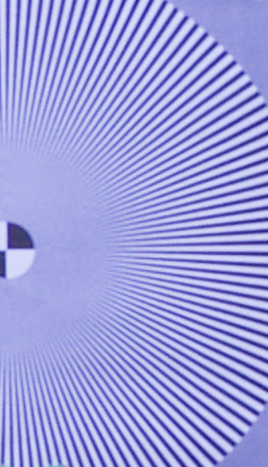 | 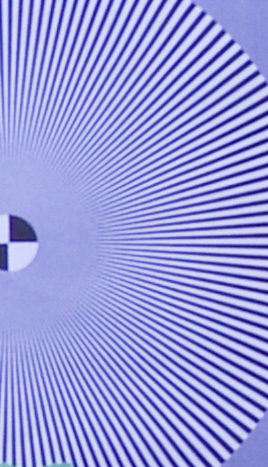 |
Edges are again better with the 18-50mm until F8, at which point the lenses become similar. F16 begins to show softening which gets worse at smaller apertures.
Corner
| DA 18-55mm | DA L 18-50mm | |
| F4.5 | 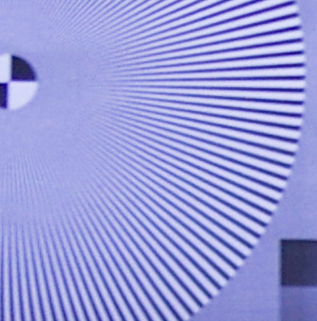 | 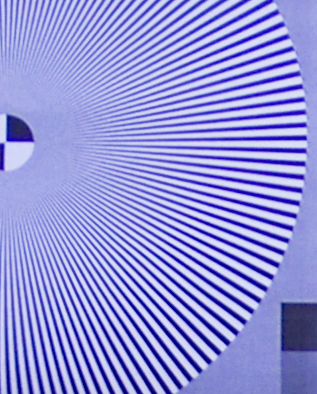 |
| F5.6 | 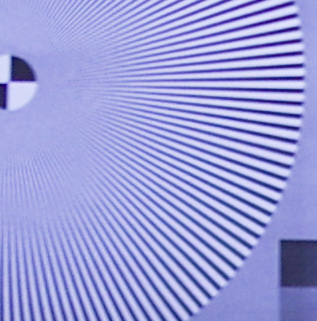 | 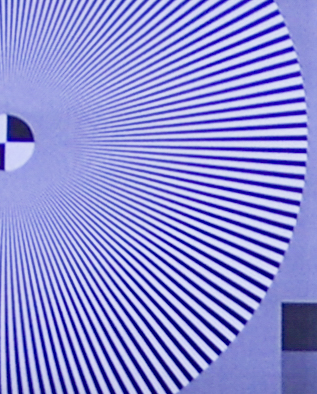 |
| F8 | 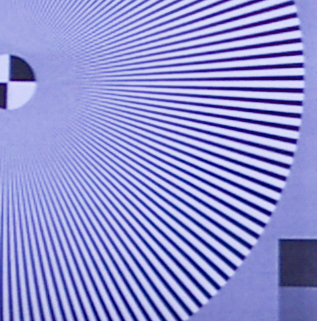 | 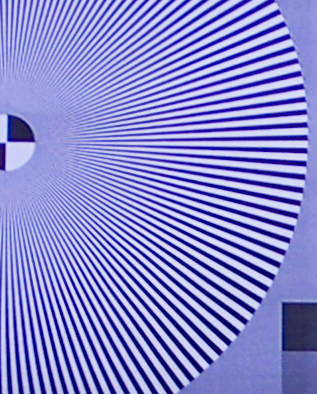 |
| F11 | 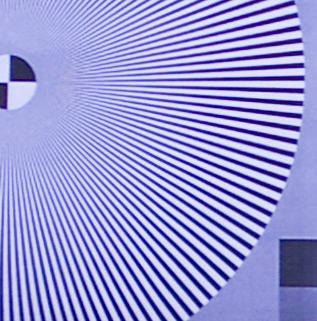 | 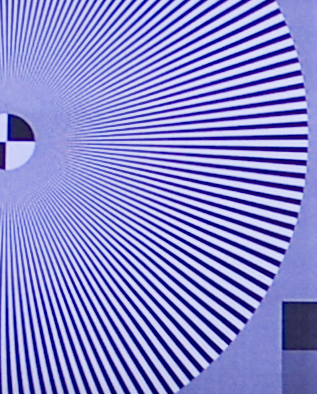 |
| F16 | 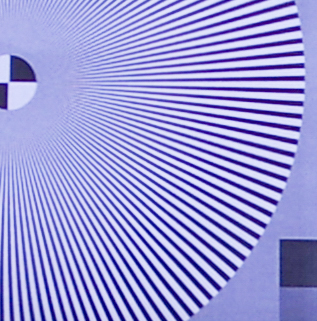 | 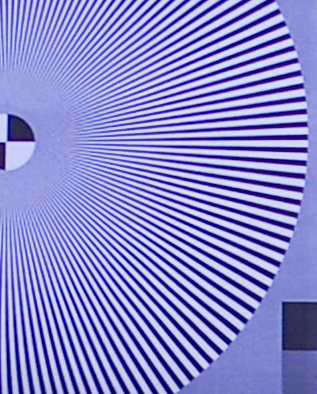 |
| F22 | 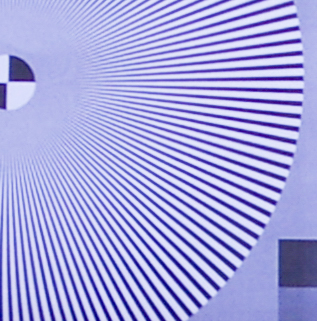 | 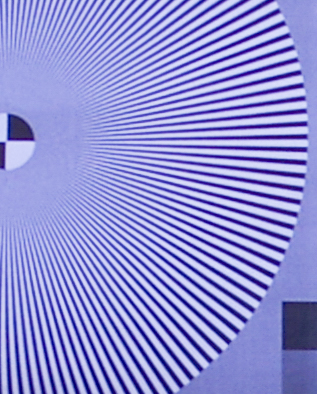 |
| F29 | 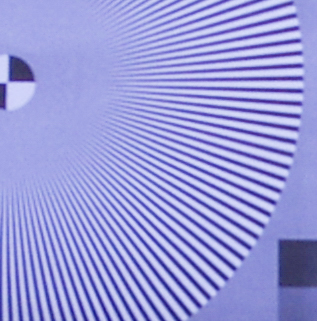 | 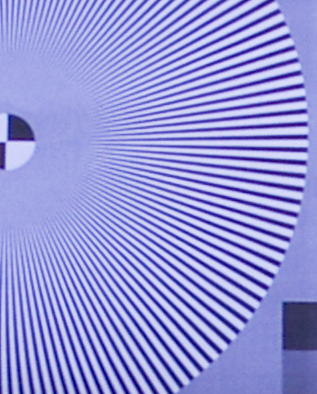 |
At 35mm in the corners, the retractable lens shows better performance at all apertures. Clearly it has been optimized for the middle of the range.
Test Results at 50/55mm
As before, click on any thumbnail to enlarge.
Center
| DA 18-55mm | DAL 18-50mm | |
| F5.6 | 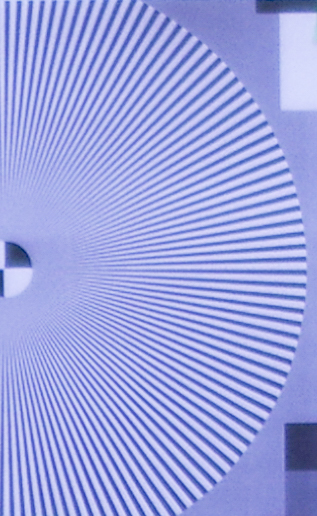 | 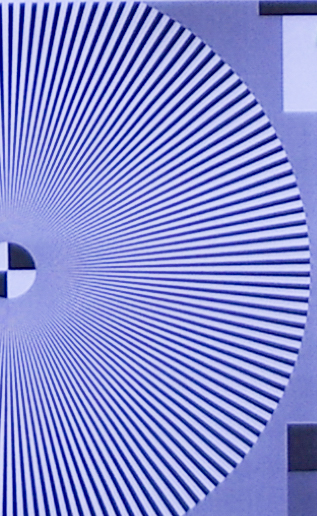 |
| F8 | 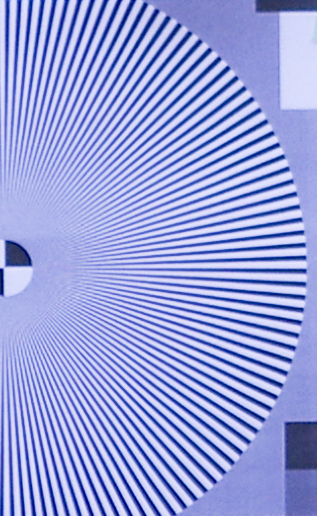 | 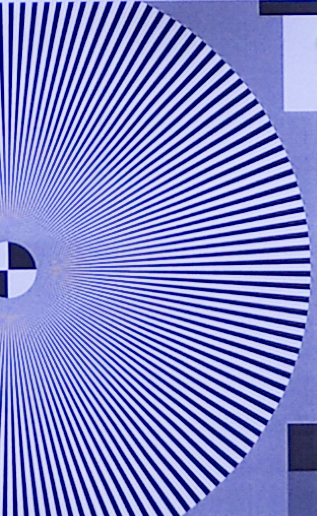 |
| F11 | 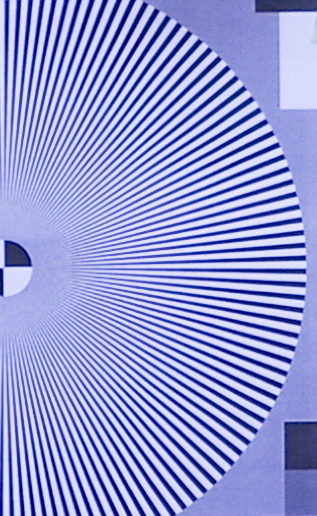 | 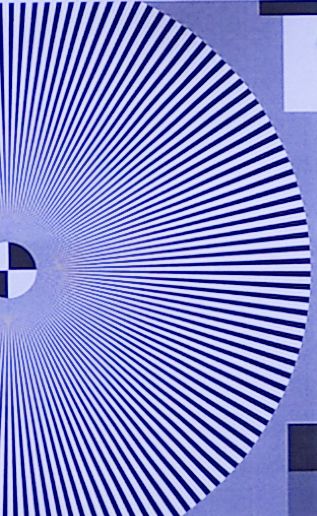 |
| F16 | 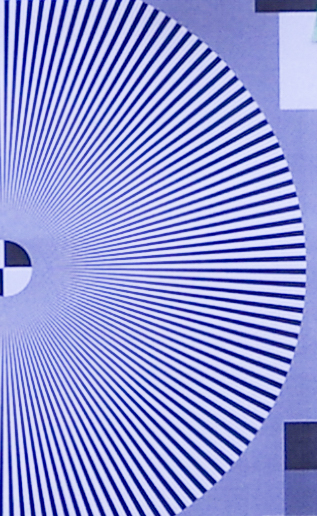 | 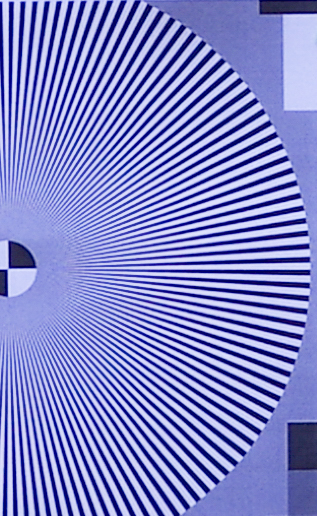 |
| F22 | 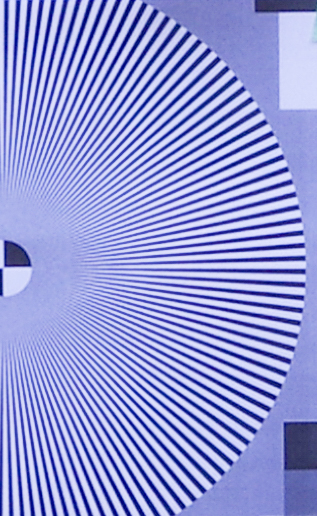 | 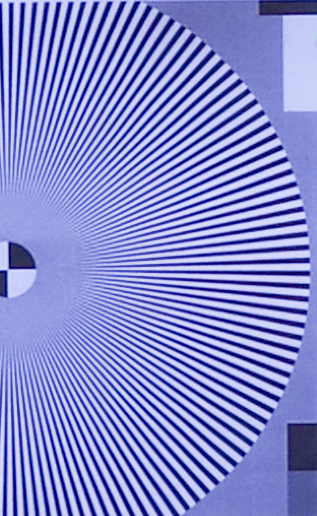 |
| F32 | 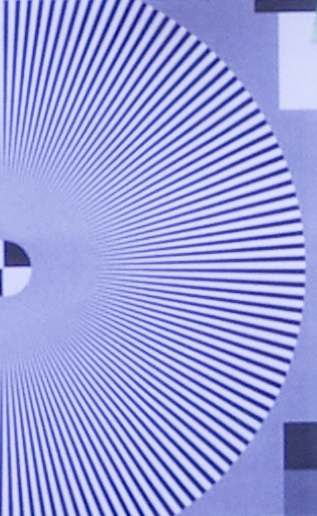 | 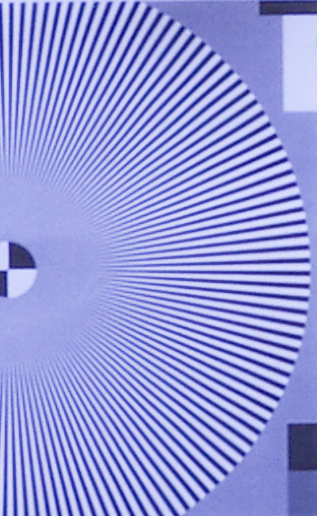 |
| F40 | 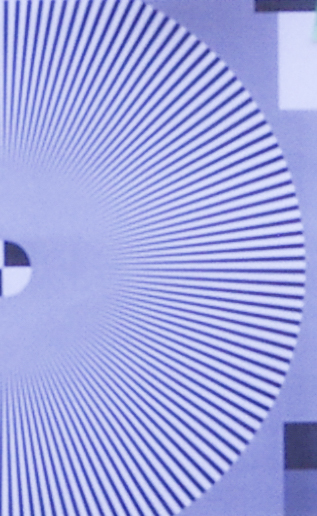 |
At the longest focal lengths, in the center, the DA L again performs better at all apertures, delivering surprising sharpness even at F5.6 (its widest setting). The 18-55mm is quite soft until F8.
Side
| DA 18-55mm | DAL 18-50mm | |
| F5.6 | 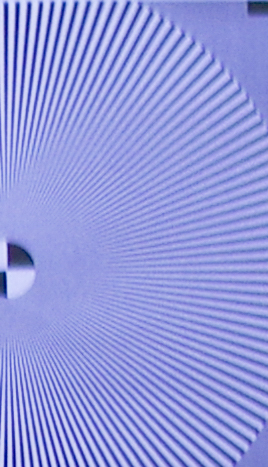 | 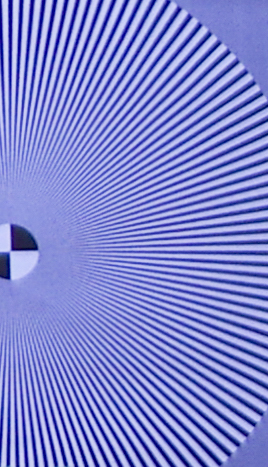 |
| F8 | 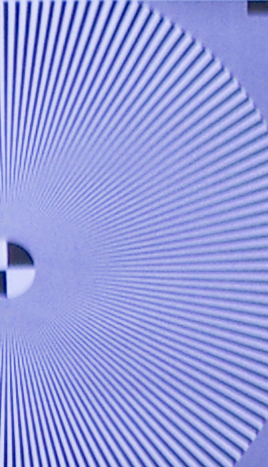 | 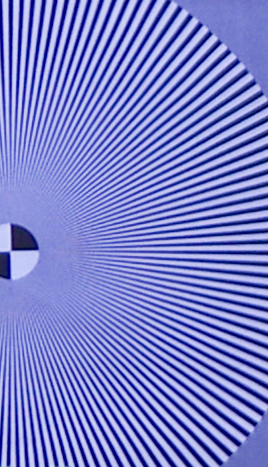 |
| F11 | 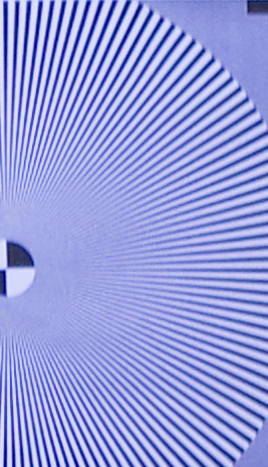 | 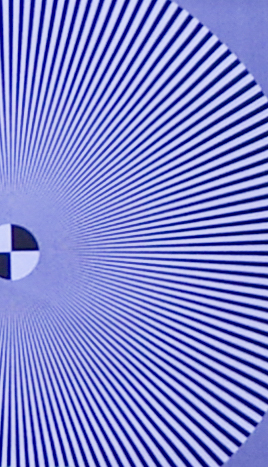 |
| F16 | 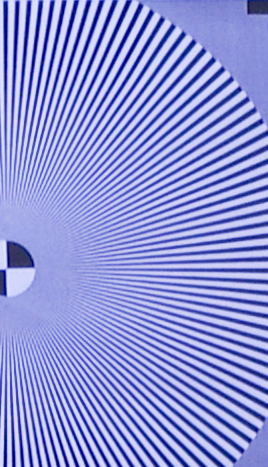 | 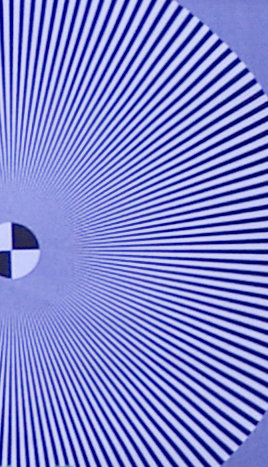 |
| F22 | 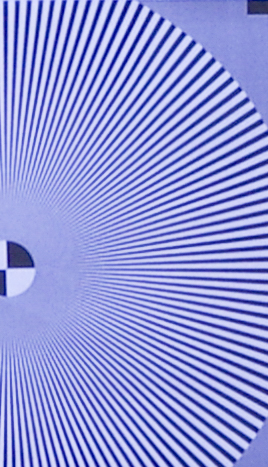 | 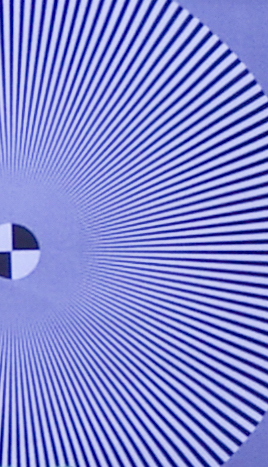 |
| F32 | 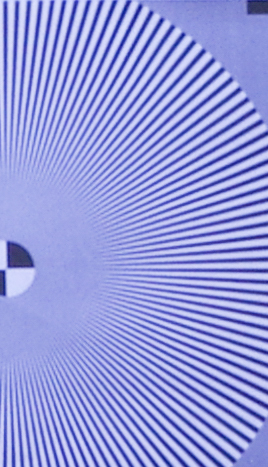 | 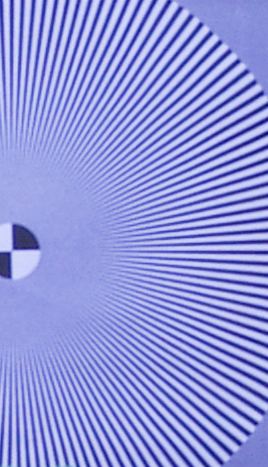 |
| F40 | 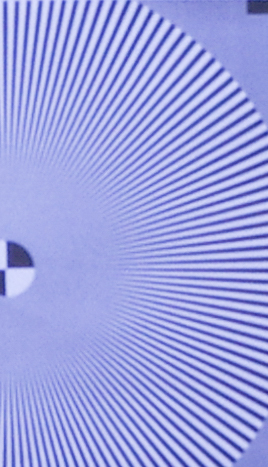 |
On the edges the 18-55mm is very soft, while the 18-50mm is again sharper than expected. Surprisingly, at F22 and beyond the older design is actually sharper, being less affected by diffraction.
Corner
| DA 18-55mm | DA L 18-50mm | |
| F5.6 | 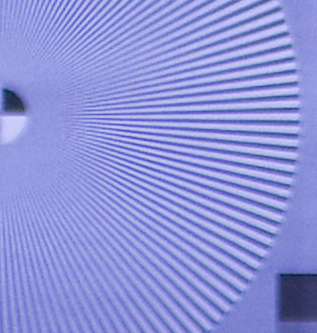 | 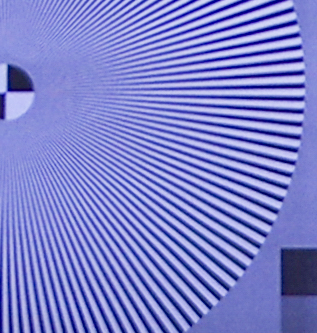 |
| F8 | 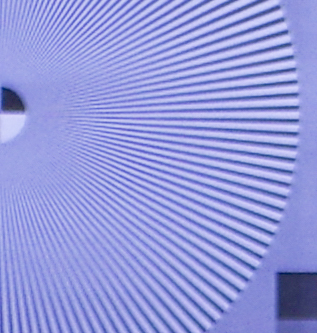 | 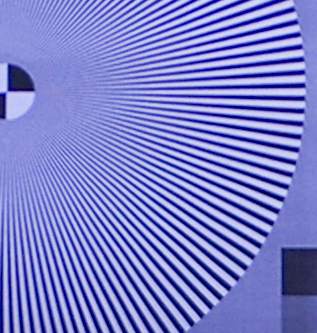 |
| F11 | 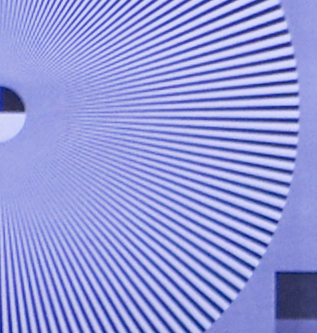 | 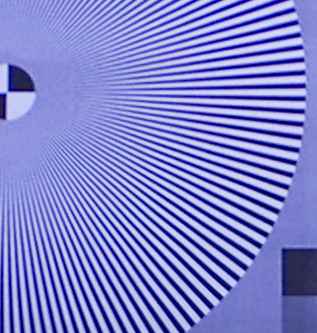 |
| F16 | 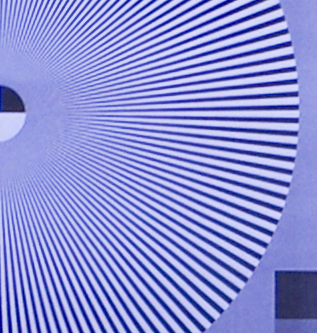 | 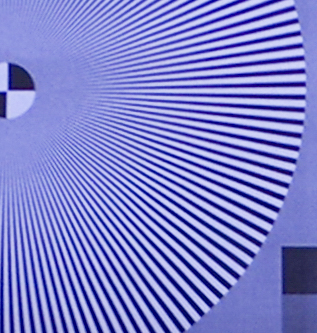 |
| F22 | 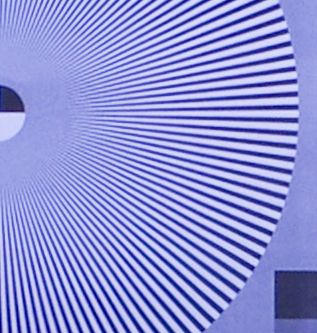 | 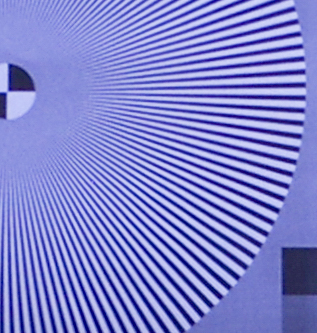 |
| F32 | 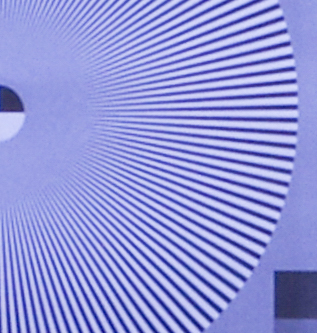 | 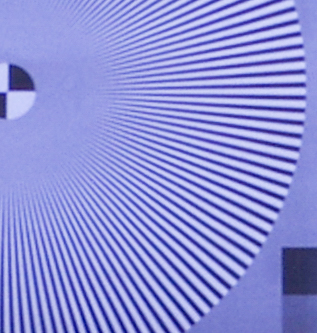 |
| F40 | 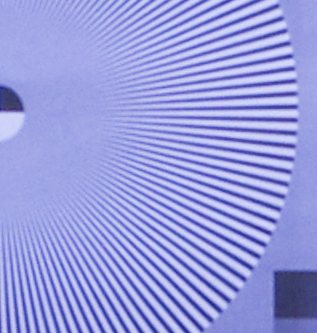 |
The 18-50mm is again much better until F16, at which point the 18-55mm takes the lead. Images are soft for both lenses at these small apertures.
Verdict
The lenses show their mettle, and their differences, in our sharpness tests. Design choices between the two lenses are obvious. While the older 18-55mm is a better performer at 18mm, the DA L 18-50mm is a much sharper lens at 35 and 50mm, especially at wider apertures and away from the center. Sharpness at the wide end is useful for landscapes, however the compromises involved make it easy to give the better ranking to the new design. It offers a more balanced output and performs better on a wider range.
What is extremely surprising is the increased sharpness delivered by the HD version of the 18-50mm. Its resolution figures are nearer to those of the much more expensive HD 16-85mm at 35mm. This unexpected but pleasant result will help justify the higher price tag of this version.
Test charts never tell the whole story, of course. We encourage potential buyers to look at our extensive samples gallery to form a definitive opinion. As can be seen from our gallery, both lenses perform adequately in the field. Corner softness is often visible with both lenses and is a distinct limitation, but the images remain perfectly usable.



